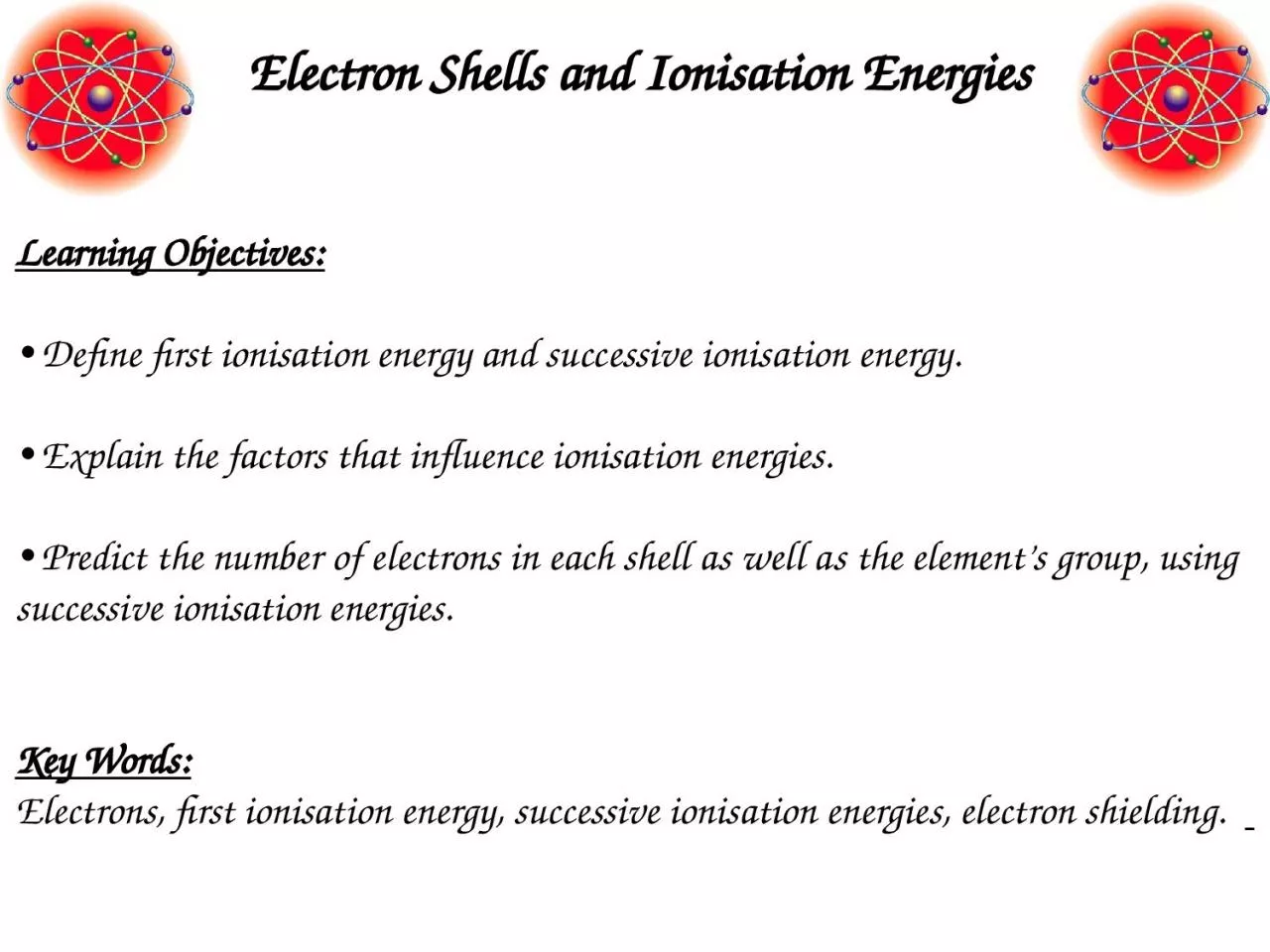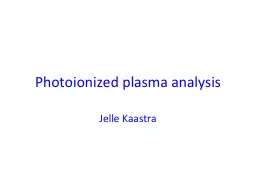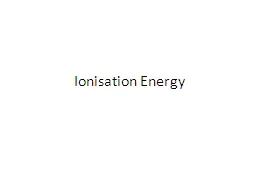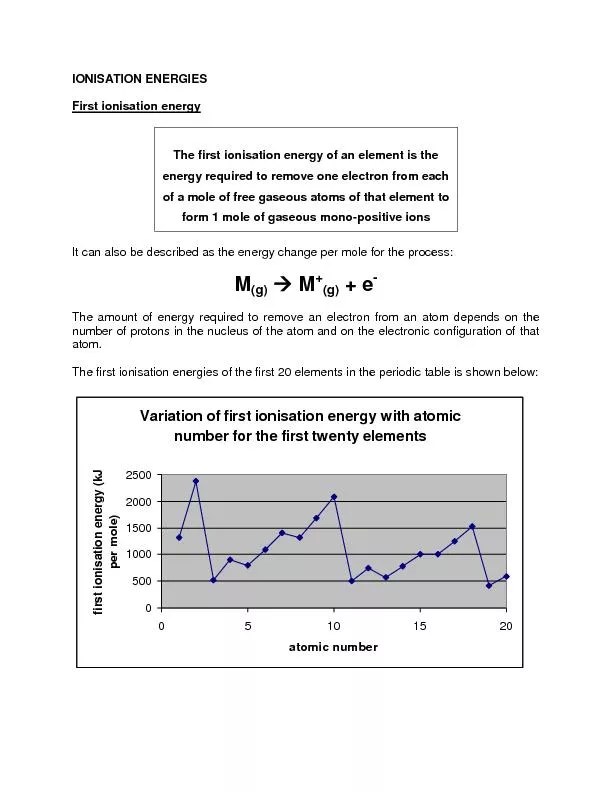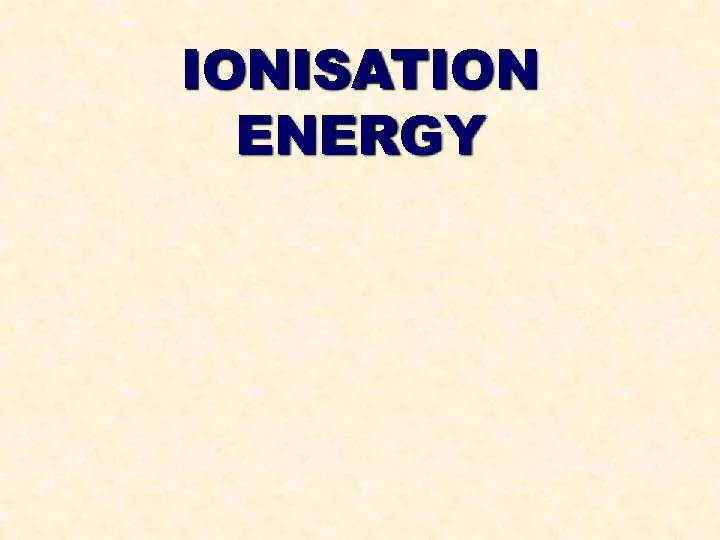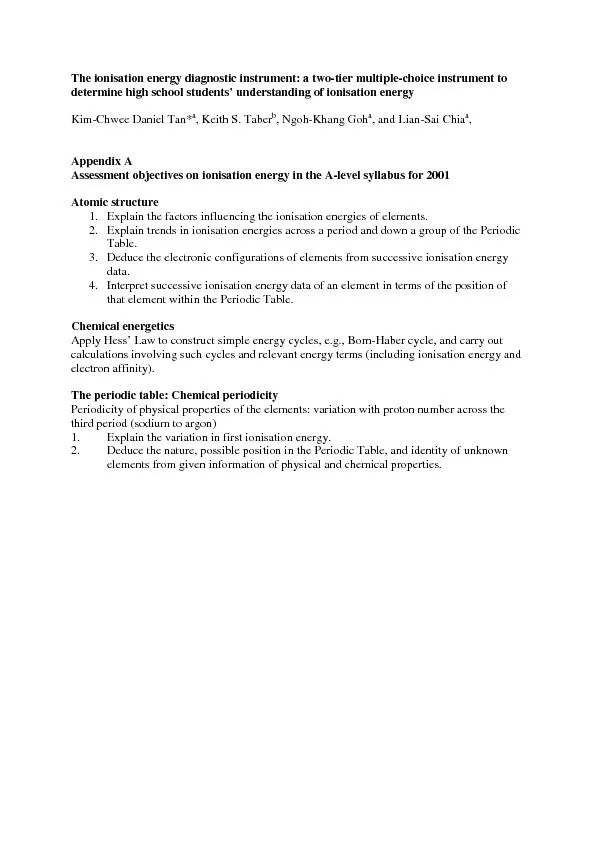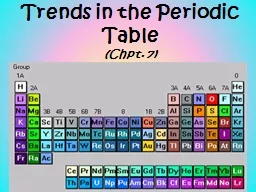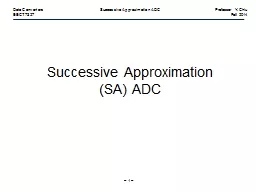PPT-Learning Objectives: •Define first ionisation energy and successive ionisation energy.
Author : yvonne | Published Date : 2023-10-04
Explain the factors that influence ionisation energies Predict the number of electrons in each shell as well as the elements group using successive ionisation energies
Presentation Embed Code
Download Presentation
Download Presentation The PPT/PDF document "Learning Objectives: •Define first ion..." is the property of its rightful owner. Permission is granted to download and print the materials on this website for personal, non-commercial use only, and to display it on your personal computer provided you do not modify the materials and that you retain all copyright notices contained in the materials. By downloading content from our website, you accept the terms of this agreement.
Learning Objectives: •Define first ionisation energy and successive ionisation energy.: Transcript
Download Rules Of Document
"Learning Objectives: •Define first ionisation energy and successive ionisation energy."The content belongs to its owner. You may download and print it for personal use, without modification, and keep all copyright notices. By downloading, you agree to these terms.
Related Documents

